Description
Genus: Imleria
Species: floridana
Common Name:
Tells: Bay-brown cap w/yellow pores that bruise blue, evolving to brown. Red/brown over yellow stem tapers down. White flesh gently blues near pores, may pink elsewhere, brownish red by cap skin.
Other Information: Plain brown cap rarely cracks, and bruises blue by the edge. Pores on mature specimens are depressed by stem. Tiny spots on stem are common, especially higher up. Southerly distribution. Likes oak and pine. No particular taste or odor.
Science Notes: North American Boletes lists a parallel species, “var. macrostipitatus.” DNA tests have merged this back into the parent, which was moved to the genus “Imleria” and then renamed “badia” instead of “badius” to reflect the now-feminine genus name. Interestingly, the two species were reported to have different chemical test results. The macrostipitatus cap supposedly flashed green before resolving to a dark purple-brown with ammonia, and turned black with KOH.
Edibility: Unknown, but likely to be good given the genus.
CHEMICAL TESTS:
- NH4OH (Ammonia): Cap surface flashes green, evolving to orange & then brown w/ green ring.
- KOH: Cap surface stains dark orange to brown.
- FeSO4 (Iron Salts): No data.
Links:
 |
 |
 |
 |



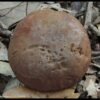
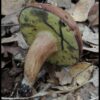
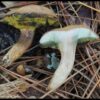
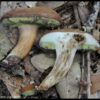
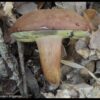
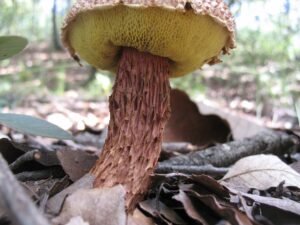
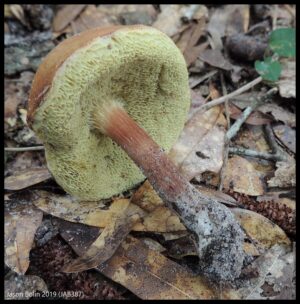
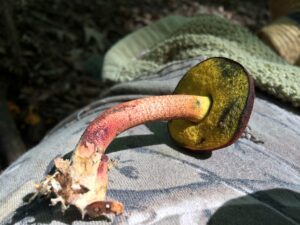
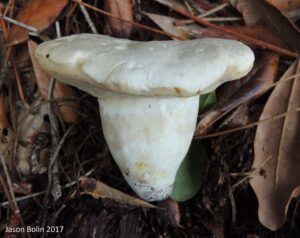
Got something to discuss?